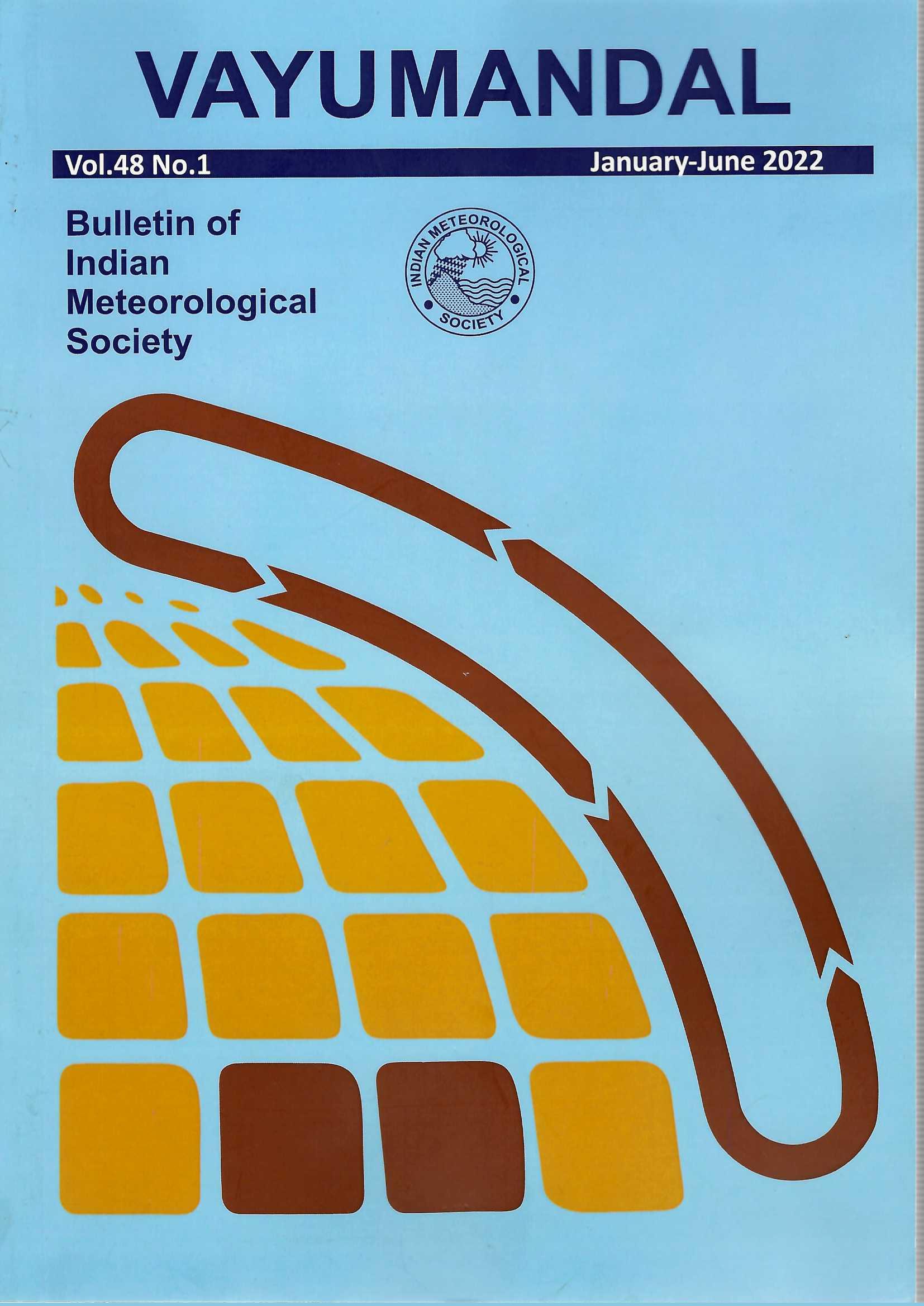Numerical Weather Model based Visibility Prediction : A Requirement of Future
Abstract
Every year, fog during the winter season in North Indian plains disrupts the life and property the people. In real time monitoring of fog, we use INSAT derived operational products and imageries to monitor its spatial extent. The prediction of visibility during fog event with sufficient lead time is a challenging task. However, with the support of Numerical Weather Prediction (NWP) outputs, visibility can be predicted in advance up to 36 hours. Therefore, in the year 2015 as a pilot phase, India Meteorological Department (IMD) started to generate operationally Weather Research and Forecasting (WRF) model visibility with 36 hours lead time. In this paper, WRF model derived visibility has been compared with the actual visibility (January and February-2015) at three lead times (12, 24 and 36 hours) and compared at 0000 and 1200 UTC. The time selection is based on the large number of flights being operated during these hours. The results obtained from the limited data sets are quite encouraging and shows that 24 hour prediction is better in comparison to those at 12 and 36 hours for Jai Prakash Narayan Airport (JPNI) at Patna. 24 hours lead time prediction is better followed by 12 and 36 hours respectively. After verifying these forecasts with those at other airports with larger data sets, the method can be utilized in operational forecasting. The intensity of fog and visibility at Patna Airport is also affected by the local moisture advection and persistency and frequency of synoptic scale systems occurring during winter time. Similar study for other airports with more number of foggy days can improve the model forecast accuracy and skill of the visibility prediction by applying suitable statistical adjustment to the existing algorithm.
Copyright (c) 2022 Vayumandal

This work is licensed under a Creative Commons Attribution-NonCommercial 4.0 International License.
All articles published by VAYUMANDAL are licensed under the Creative Commons Attribution 4.0 International License. This permits anyone.
Anyone is free:
- To Share - to copy, distribute and transmit the work
- To Remix - to adapt the work.
Under the following conditions:
- Share - copy and redistribute the material in any medium or format
- Adapt - remix, transform, and build upon the material for any purpose, even
commercially.


